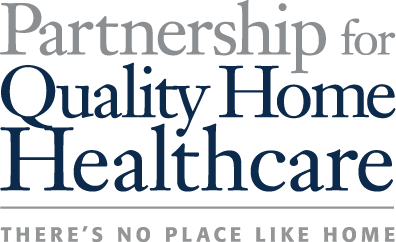October 10, 2012
Report sees savings in changing care settings
Posted in: News
Modern Healthcare
Changing patient-care settings” without re-designing the way care is provided” could save the Medicare program about $34.7 billion over 10 years, according to a new report released by the Alliance for Home Health Quality and Innovation.
Researchers from Dobson DaVanzo and Associates conducted the study, called the Clinically Appropriate and Cost-Effective Placement (CACEP) project, to understand how episodes of care are provided, and to examine models of home health that could be effective in the Medicare program. Starting the project on behalf of the alliance in 2010, the researchers analyzed Medicare Parts A, B and D claims data in a 5% sample of Medicare beneficiaries from 2007 through 2009.
They found that because there is overlap in where patients receive care, the Medicare program could reduce spending by placing patients in the most clinically appropriate and cost-effective setting. The analysts suggested this could lead to savings of about $1,339 in savings per episode, which amounts to about $34.7 billion over 10 years.
As the report highlighted the significant overlap of patients across post-acute-care settings, it suggested that the Medicare program could save money if there is a better understanding of the patterns related to patient care” or “patient pathways.” This understanding could not only place patients in the most appropriate settings, but could also avoid unplanned readmissions.
At a news conference about the project in Washington, Douglas Holtz-Eakin, former director of the Congressional Budget Office, called the study “fantastic” and said the day’s event was about research, not about policy prescriptions. He also said the report comes at an important moment because the Medicare program is at a “crucial juncture.”
“We cannot continue with a program that is responsible for a quarter of all the federal debt outstanding since 2000 and pretend somehow that we’re doing fine,” said Holtz-Eakin, now president of the American Action Forum, a conservative think tank. “We have to change the way we do business and I would hope that once we get past the political silly season we get serious about doing something about this.”
The Alliance for Home Health Quality and Innovation is a not-for-profit consortium of home health providers and organizations that invests in research and education.
See the original article here.
